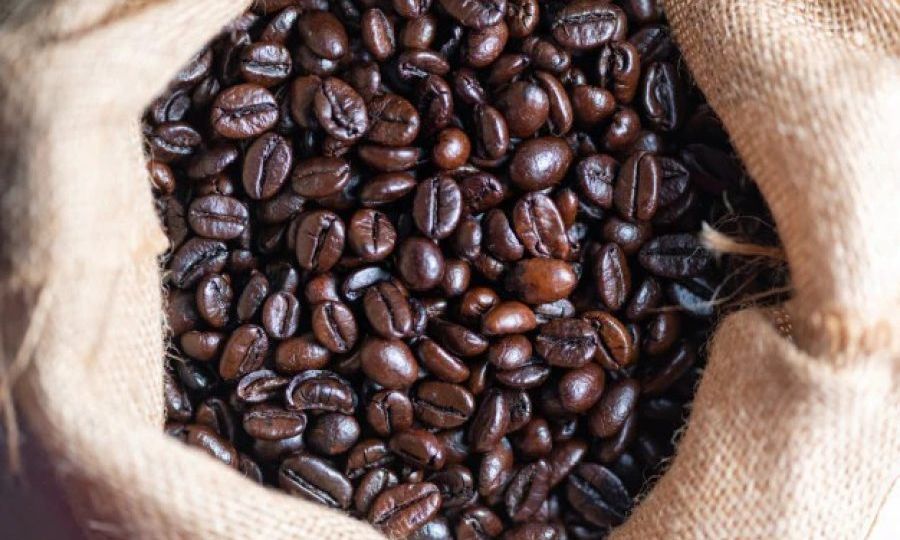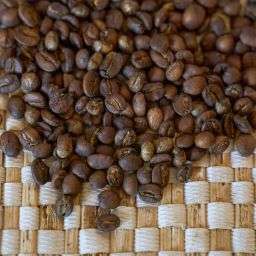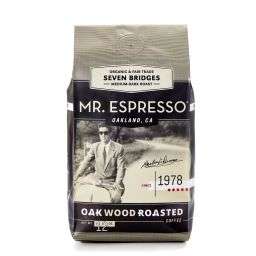
Making coffee with whole beans is essential for anyone seeking the freshest and most aromatic cup of coffee. Whole beans retain their flavors and oils longer than pre-ground coffee, offering a superior taste experience.
This article explores various methods to brew coffee directly from whole beans, including traditional grinding and innovative no-grind techniques.
Why Choose Whole Beans?
Choosing whole beans over pre-ground coffee significantly enhances the freshness and flavor of your coffee. Whole beans maintain their essential oils and aromas, which are responsible for the coffee’s full-bodied flavor profile.
Additionally, grinding coffee beans just before brewing minimizes exposure to air and oxidation, preserving the coffee’s freshness and extending its shelf life.
Selecting the Right Beans
The choice between Arabica and Robusta beans plays a crucial role in the brewing process and the resulting taste. Arabica beans are known for their smooth, complex flavor profiles, ideal for most brewing methods, while Robusta beans offer a stronger, more bitter taste, often preferred in espresso blends.
The roast level of the beans also significantly impacts the taste; lighter roasts present more acidity and original bean flavors, whereas darker roasts bring out a richer, more intense taste.
Essential Equipment for Brewing
The right equipment is crucial for making exceptional coffee from whole beans. Essential tools include a high-quality grinder for achieving the perfect grind size, a kettle for precise water temperature control, and a brewing device, such as a French press, Chemex, or espresso machine.
For those interested in cold brew, specific setups might include large pitchers or jars and fine-mesh filters to accommodate the prolonged brewing process.
Prepping Your Beans
Proper preparation of whole beans is key to achieving the best flavor. Beans should be stored in airtight containers away from direct sunlight and moisture to maintain their freshness.
Before brewing, measuring the beans and grinding them to the correct coarseness for your brewing method ensures consistent and optimal extraction. For cold brew, coarser grinds are preferred, while finer grinds are suitable for espresso and Aeropress methods.
Grinding Beans: Finding the Perfect Grind Size
The secret to a perfect cup of coffee starts with grinding whole beans to the ideal size. For a Chemex, a medium-coarse grind works best, allowing for a balanced extraction without over-extraction, which can lead to bitterness. For a French press, a coarse grind is preferred to prevent fine grounds from slipping through the press filter and creating a muddy cup.
Step-by-Step Guide to Brewing with a Chemex or French Press
Chemex:
- Place your Chemex filter in the top and rinse with hot water to eliminate paper taste and preheat the Chemex.
- Add the ground coffee to the filter. Use about 60 grams of coffee per liter of water.
- Pour hot water (around 200°F) in a circular motion over the grounds to wet them evenly. Allow it to “bloom” for 30 seconds.
- Continue pouring water in stages, maintaining the water level, until you’ve reached the desired amount.
- Allow the coffee to drip through completely, then remove the filter and serve.
French Press:
- Add coarsely ground coffee to the French press. The standard ratio is 1 gram of coffee to 15-18 grams of water.
- Pour hot water (200°F) over the grounds, stirring gently to ensure all grounds are saturated.
- Place the lid on the press with the plunger pulled up. Let it brew for 4 minutes.
- Slowly push the plunger down, separating the grounds from the liquid.
- Serve the coffee immediately to avoid over-extraction.
Detailed Steps for Brewing Coffee Using Whole Beans in a Mason Jar
Brewing with whole beans without grinding is a less conventional method but can yield surprisingly good results, particularly for cold brews. Here’s how to do it:
- Fill a mason jar with whole coffee beans about a quarter full.
- Pour cold water into the jar, leaving some space at the top, and seal it tightly.
- Shake the jar to ensure all beans are fully immersed.
- Store the jar in the refrigerator for at least 24 hours, occasionally shaking it to stir the beans.
- After the brewing period, strain the coffee through a fine-mesh sieve or cheesecloth into another container. For a clearer brew, strain multiple times or use a coffee filter.
Adjustments for Flavor and Strength
The strength and flavor of no-grind brewed coffee can be adjusted by altering the brewing time and the ratio of beans to water. For a stronger brew, either increase the amount of beans or extend the brewing time. Conversely, for a lighter taste, decrease the bean quantity or brewing time. Experimentation is key to finding your perfect balance.
This innovative method offers a unique approach to coffee brewing, providing a gentle extraction that preserves the beans’ inherent flavors while offering a smooth, less acidic cup. Whether you prefer the precision of traditional brewing methods or the experimental nature of no-grind brewing, both techniques provide pathways to explore the rich and diverse world of coffee flavors.
Cold Brew Basics
Cold brewing with whole beans offers a unique method for coffee preparation, known for its smooth, mild flavor profile and reduced acidity compared to hot brewing methods. This method is particularly suited for those who prefer their coffee less bitter.
When selecting beans for cold brew, look for medium to dark roasts, as they tend to yield a sweeter, more robust flavor when brewed cold. The inherent characteristics of the beans are more pronounced in cold brew, making the choice of beans and roast level critical to the final taste.
Making Cold Brew
Step-by-Step Instructions for Cold Brew with Whole Beans:
- Fill a large jar or container with whole coffee beans to about a third of its capacity.
- Add cold, filtered water until the jar is full, ensuring all beans are submerged.
- Seal the jar and place it in the refrigerator for at least 48 hours, allowing the coffee to steep slowly.
- After steeping, strain the brew through a fine-mesh filter or cheesecloth to separate the coffee from the beans.
- Serve the cold brew over ice, diluting with water or milk to taste.
FAQs
- How long does it take to brew coffee with whole beans? Brewing with whole beans, especially for cold brew, can take anywhere from 24 to 48 hours, depending on the desired strength.
- Do I need special beans for cold brew? No special beans are required for cold brew, but medium to dark roasts are recommended for their flavor profiles.
- Can I make coffee in a tea infuser with whole beans? While unconventional, using a tea infuser with whole beans for hot brewing is possible but may not extract the full flavor as grinding would.
- How do I store leftover cold brew? Leftover cold brew should be stored in a sealed container in the refrigerator and is best consumed within a week for optimal freshness.
Final Thoughts
Using whole beans for coffee making, whether through traditional brewing methods or cold brew, offers unparalleled freshness and flavor. The key to a perfect cup of coffee lies in experimentation with different beans and methods.
By understanding the basics and applying the outlined techniques, coffee enthusiasts can explore a wide range of flavors and strengths, finding their personal preference in the rich world of coffee.









